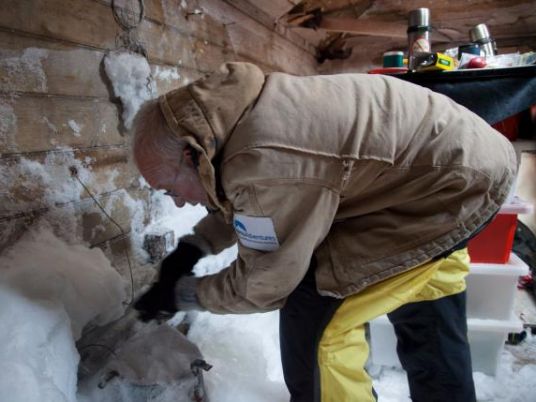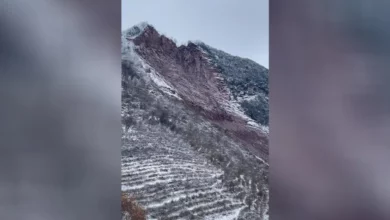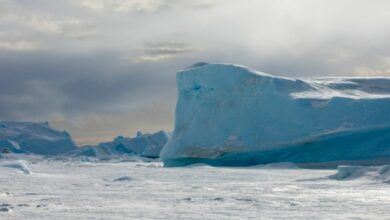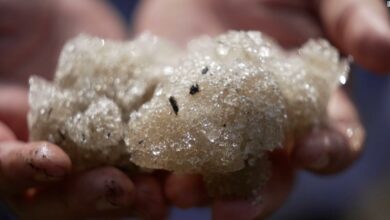
Conservationists in Australia's oldest Antarctic outpost have scraped away a hundred years of snow and ice to unearth items, from bullets to a bowl of peas, that reveal the harsh conditions battled by early explorer Douglas Mawson and his team.
Six restorers have painstakingly moved the equivalent of a 5-tonne truck of ice, or 30 cubic meters (39 cubic yards), out of a hut that was the base for critical geological and scientific surveys of the region done before World War One.
"You walk into the workshop now and the smells are very, very strong," Martin Passingham, leader of the two-month restoration effort, told Reuters by satellite telephone from the site, which is frequently lashed by blizzards.
"The removal of the ice has let all of that smell come out of the floor and timbers," he added. "You get a feeling of how people moved around the building and how cramped it would have been, with so many of them."
Mawson's Huts is Australia's most isolated Antarctic outpost, perched on the edge of Commonwealth Bay, 2,696 km (1,675 miles) south of the Tasmanian capital of Hobart.
One of six complexes surviving in the world from the 'Heroic Era' of Antarctic exploration, it was used during 1912 and 1913 by Mawson's expedition, which charted the region's coastline and first described several of its bird and animal species.
"In the main hut there is stuff everywhere, a coal shovel beside the stove, jars and containers of food on the shelf, wooden spoons left on the kitchen bench," said Passingham. "All of these things really do tell the story more thoroughly."
Two members of Mawson's team had lost their lives by the time Australia's first expedition to the Antarctic sailed back in 1913, after completing its scientific studies.
The Mawson's Huts location, which the explorer termed the "home of the blizzard" for its ferocious winds, is recognized as a historic site and monument under the Antarctic Treaty.
"The reason why Australia administers claim to 42 percent of Antarctica is all because of Mawson and what he did here," Passingham said.
British-born Mawson, a geology professor who gained fame for his feats of polar endurance, had been on an expedition to the Antarctic with explorer Ernest Shackleton from 1907 to 1909, and pioneered research in radioactive minerals.




